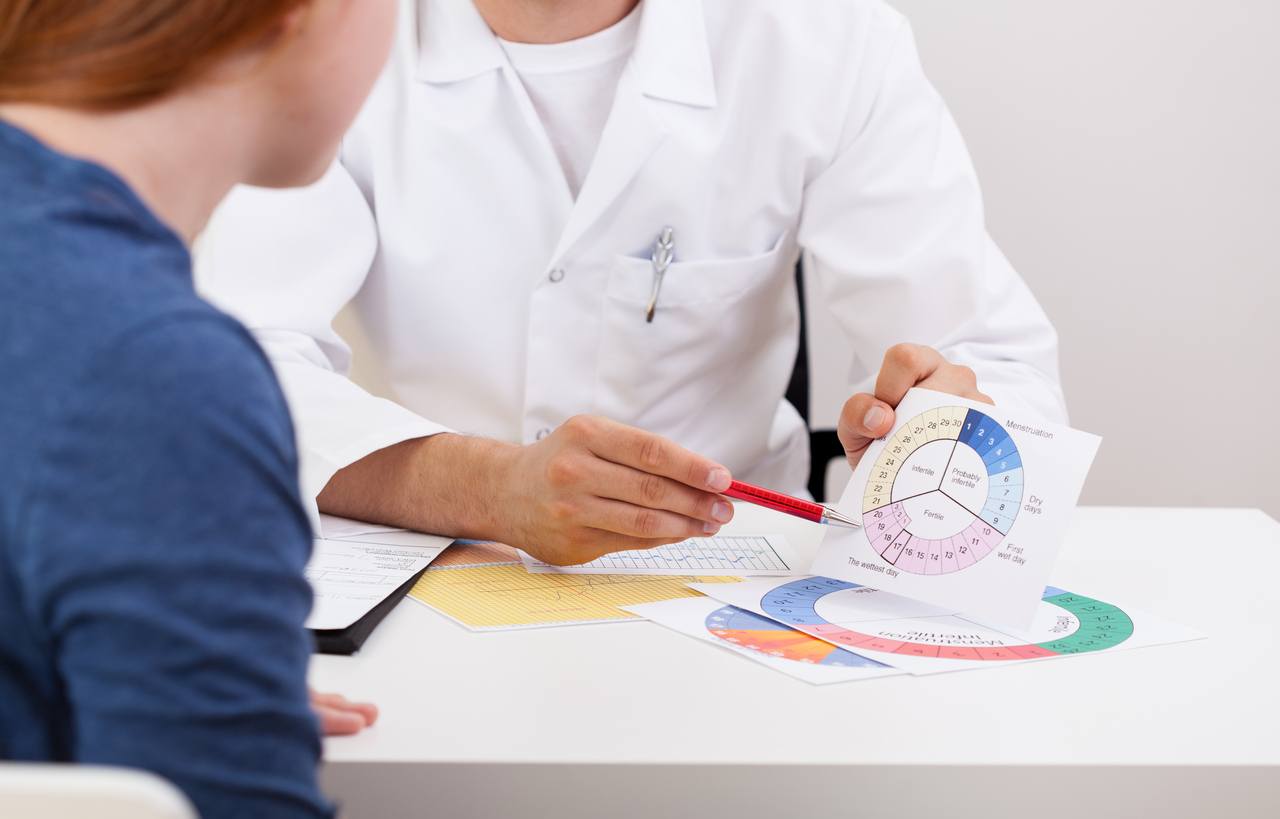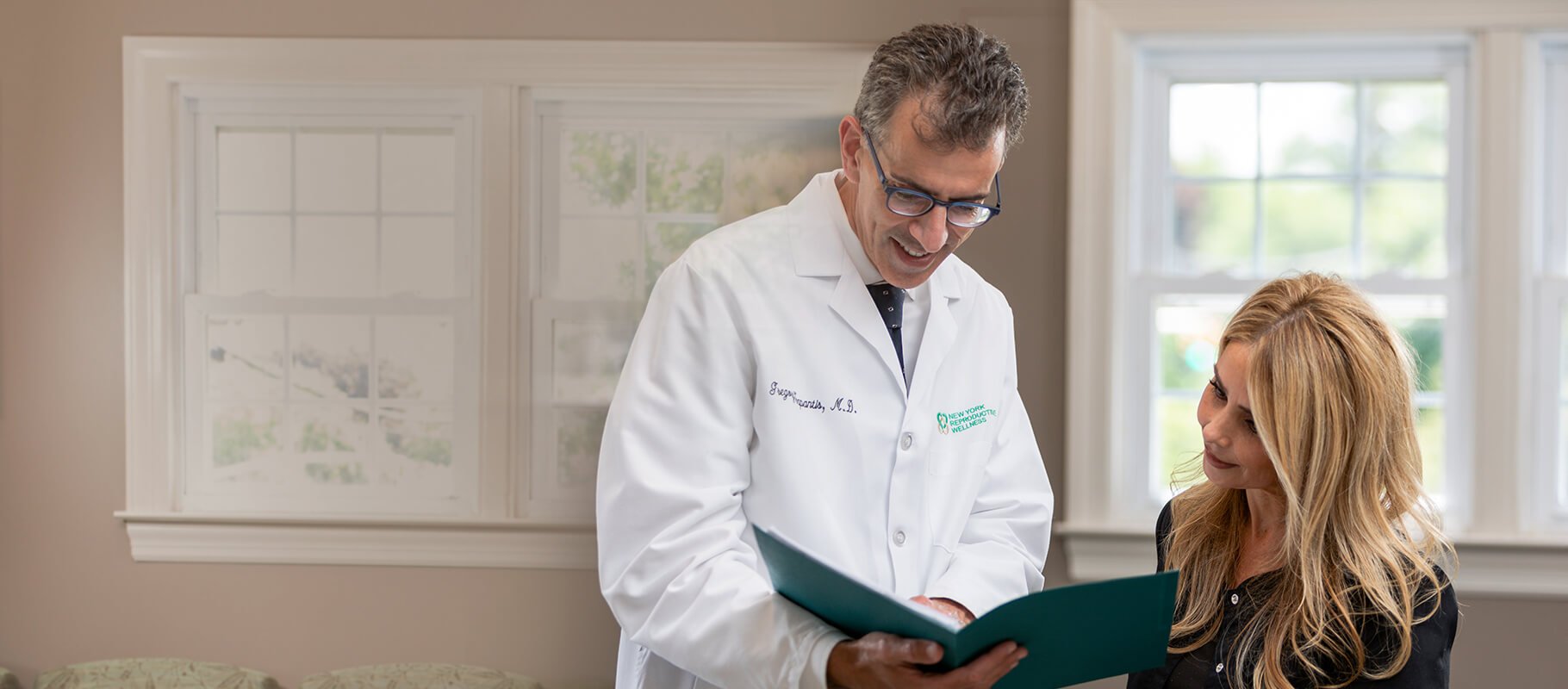How Does Ovulation Induction Work?

A number of factors can cause infertility. One of the most common for women is ovulation that occurs infrequently or is absent. One type of therapy used to treat these problems and to improve pregnancy rates is ovulation induction.
Enhancing Fertility with Induction
Treatments for missing or infrequent ovulation include hormone therapy such as levothyroxine and fertility drugs. The University of California San Francisco (UCSF) Medical Center cites clomiphene citrate, typically sold as Seraphene® and Clomid®, as a common fertility medication. It tricks the body into perceiving low levels of estrogen. This causes the manufacture of additional follicle-stimulating hormone (FSH). The result is superovulation, or releasing multiple eggs during a woman’s cycle.
Injectable gonadotropins commonly prescribed include Menopur®, Bravelle®, Gonal-f®, and Follistim®. One medication used less frequently is letrozole, marketed as Femara®. Most injectable gonadotropins stimulate the development of more than one egg during an induction cycle. Although specialists often prescribe them alone, they sometimes combine them with human menopausal gonadotropin, known as hMG, to achieve the release of multiple eggs. Careful analysis of each woman’s cycle is essential, since variations in patient responses indicate no fixed dosage for all patients. Precise monitoring lowers the risk of potential complications.
According to the Mayo Clinic, females with potential ovulation problems might undergo a number of fertility tests. These are the most common:
- An assessment of the levels of progesterone and prolactin
- A contrast study known as hysterosalpingography to examine the uterus
- Ovarian reserve testing to determine the quantity and the quality of eggs available
- A check of ovulatory hormone levels and of pituitary and thyroid hormones involved in the reproductive process
- Imaging studies such as a pelvic ultrasound
Who Is a Candidate?
The initial use of drugs for ovulatory problems was inducing ovulation in women who did not ovulate, according to the UCSF Medical Center. They were typically patients who experienced menstrual cycles that were irregular. The objective of treatment was to manufacture one healthy egg. A second use was boosting the number of eggs that matured during the woman’s cycle in order to raise the odds that she would conceive.
Since the 1990s, physicians have also been treating women who do ovulate with medications to increase fertility. Many of these patients have unexplained infertility that could in fact be due to defects in their ovulatory process. The objective of therapy is the production of more than one egg to increase the pregnancy rate.
Before deciding which fertility treatment option is the best for the patient, specialists perform a thorough fertility evaluation to determine the specific reason why conception has not occurred. They treat any hormonal disorders before beginning induction with fertility medications. For ovulatory patients, doctors often combine induction with intrauterine insemination (IUI). When treatment has not resulted in conception after a few cycles, they are likely to recommend in-vitro fertilization (IVF).







